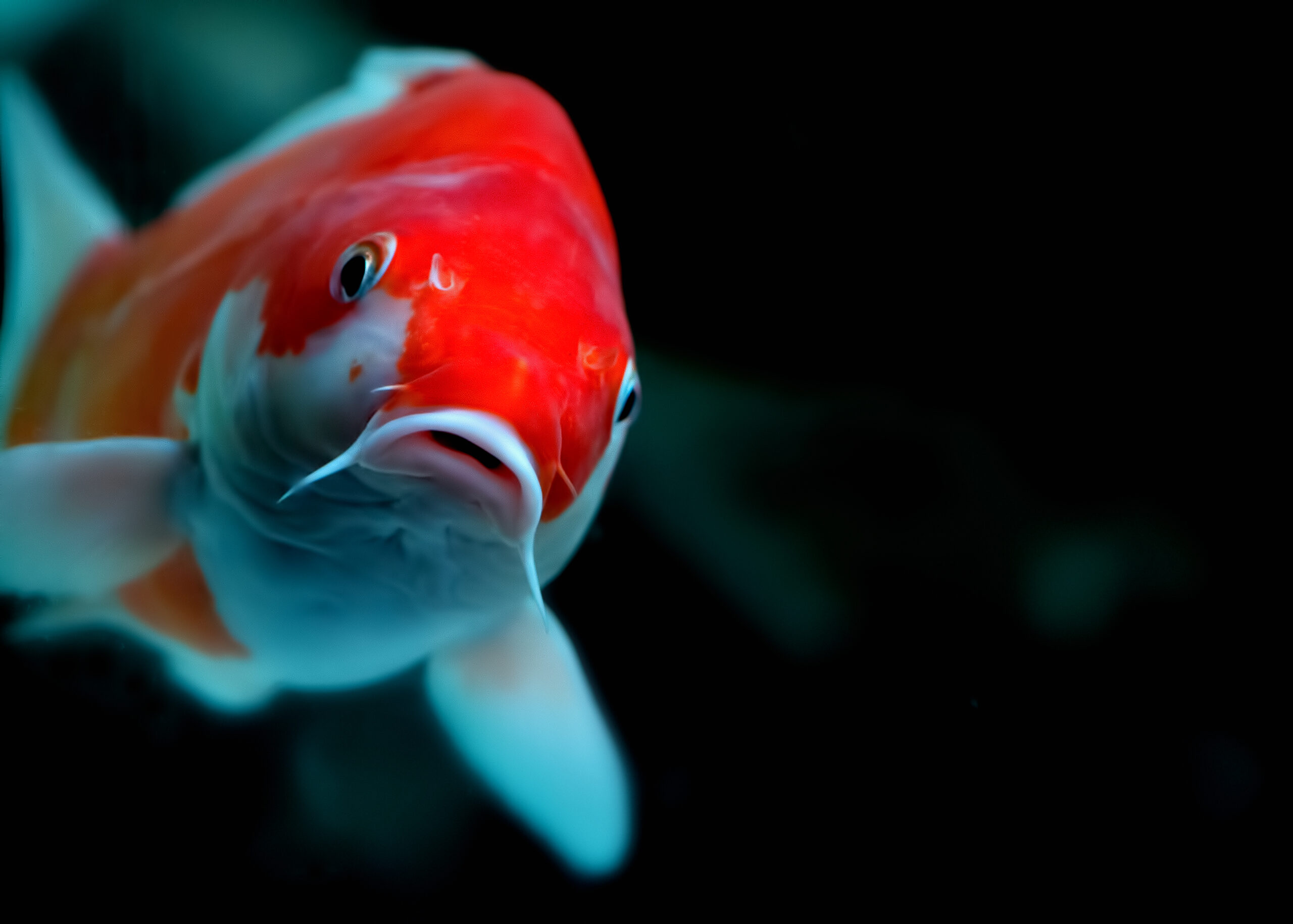
Aquaponics: The future of sustainable cannabis is fueled by fish droppings
Did you know that some of Canadian weed is grown from fish waste? No, we are not koi; Aquaponics is a unique and environmentally friendly way of growing cannabis.
The practice of aquaponics uses fish waste to naturally fertilize cannabis plants in a sustainable, closed-cycle system. The structure is similar to hydroponics, plant roots pick up the fish manure and then purify the water before the expenditure is returned to the aquarium. This means that cultivation is self-sustaining; Reducing water, waste and greenhouse gas emissions.
Cannabis producers like Aqualitas (Koi), Green Relief (tilapia, Habitat Life (salmon), and Stewart Farms (tilapia) use the power of fish droppings to grow cannabis.
Aquaponics-cultured pot products appeal to animal lovers and cannabis enthusiasts alike, offering consumers a rare opportunity to get their hands on guilt-free ganja.
“[With aquaponics] We’re seeing increases in yield, cannabinoids and terpenes, ”said Danielle Maitland, Aquaponics Development Manager at Aqualitas.
Women, weeds and animal welfare animal
Virtually every cannabis PR has at some point claimed that their client is disruptive to the industry, and Aqualitas (and their adult Reef brand) actually do.
The female-run licensed producer who was Canada’s first Clean Green certified organic cannabis producer is located in Brooklyn, Nova Scotia, and is on the site of an old paper mill that has been renovated to accommodate small-scale, aquaponic cannabis Production.
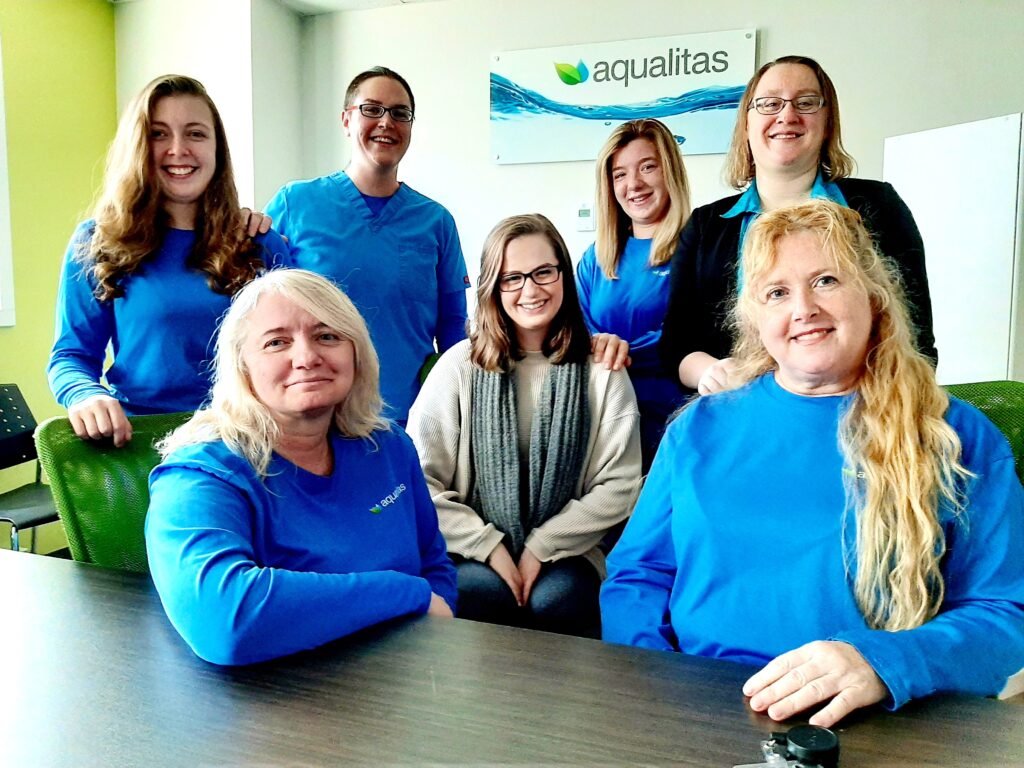
Your aquaponics system consists of seven water tanks with a system volume of approx. 60,000 liters, which house between 800 and 900 koi fish. The structure is a closed cycle system with an ecological design which, according to the company, reduces “up to 50% energy consumption and up to 80% water consumption” compared to conventional cultivation methods.
With a focus on producing top quality cannabis for medicinal purposes and for adults, while at the same time integrating sustainability and animal welfare into their practice, Aqualitas combines weed, water, women and animal welfare–and everyone wins.
Pets with one purpose
In many aquaponics setups, fish are considered part of the harvest. Since the cannabis is meant to be dried and smoked, assistants with gills are usually found on the way to the grill.
But unlike most fish in similar growth systems, Aqualitas koi are not on the menu after the session.
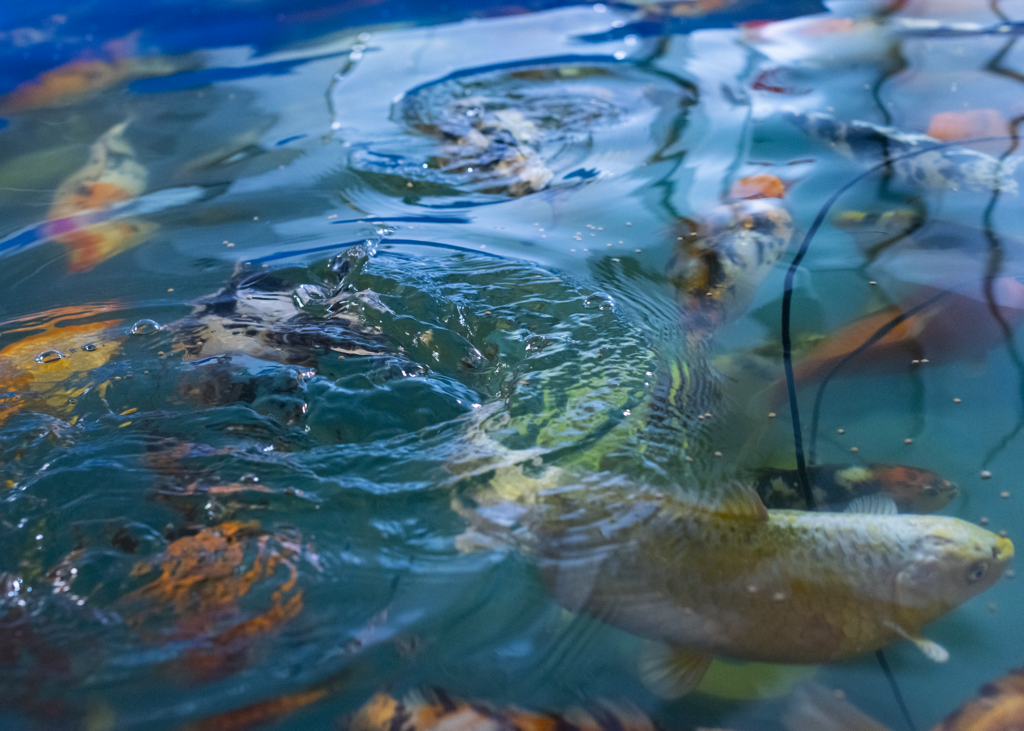
“I like to call them pets with jobs,” explains Danielle Maitland, Aquaponics Development Manager at Aqualitas. Many of the hundreds of fish that work at the facility even have individual names.
“If we can consistently recognize the fish–either because of their looks or their personality traits–They usually get a name, ”says Maitland.
The Province of Nova Scotia takes fish health seriously and provides veterinarians for those with aquaculture licenses. Because of this, the company has access to experienced veterinarians should the koi have medical problems.
“Anytime we have a problem, we can call a vet and say, ‘Hey, Possum is swimming weird, or we noticed that bump on Mercy’s tail end.’ We have never had any problems, but we have good veterinary care in case we do, ”explains Maitland.
While Aqualitas may lead the way in animal husbandry, the rest of the industry is starting to pay attention to it.
“[Animal] Well-being gets a little more attention these days, ”says Maitland.
While it has long been believed that fish feel no pain, more recent studies have–like this one from a team at Liverpool University – strongly suggests this, which means that companies that work in fish are now faced with a moral component when it comes to warehousing.
Happy fish grow fantastic flowers
Not only do the fish have names and top-notch veterinary care, they are also provided with habitat enrichment activities to keep them entertained and kept them busy.
What does fortification mean for weed breeding fish?
Two of the ways Aqualitas keep their koi busy are “bubble showers” and “demand feeders” for enrichment. Airstones produce columns of bubbles that they can swim through for a foam shower. On-demand feeders allow the fish to tap a ball connected to a feed hopper to produce a tasty treat.
“We try not to bore them,” says Maitland.
It’s not just about animal welfare; happy fish produce happy plants.
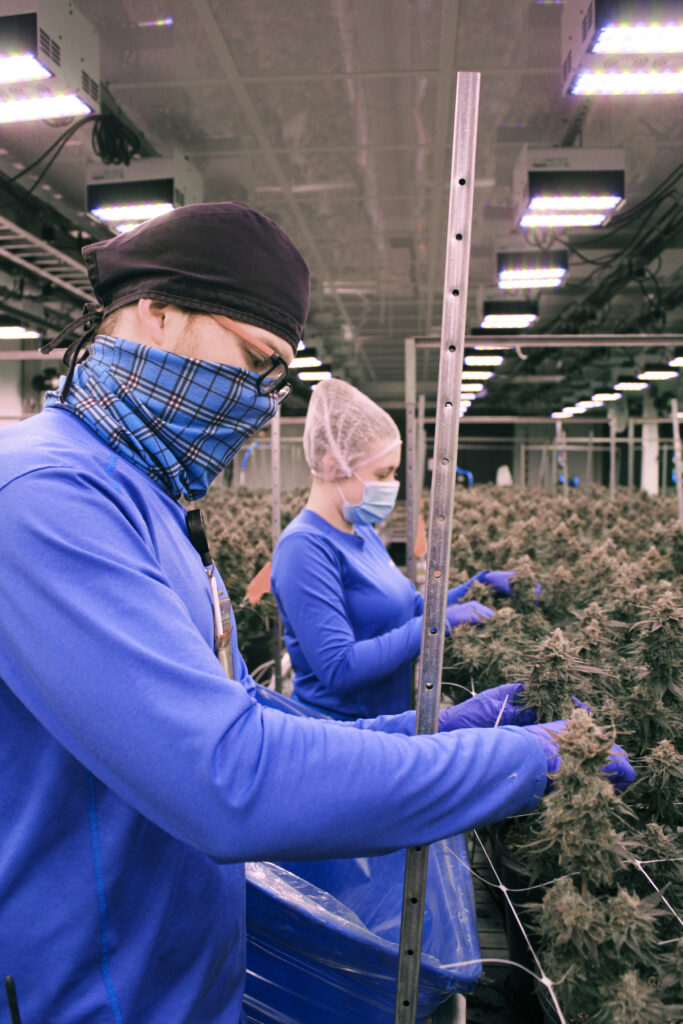
“To keep them happy and safe and to give them an environment they like–it’s good from a moral standpoint, but it also has an advantage for that [cultivation] as a whole, ”says Maitland.
“We keep these fish long-term, they are productive, do their job and produce nutrients. We want them to be happy fish. “
Unhappy or unhealthy fish do not eat. Fish that do not eat do not produce the precious waste that feeds the plants.
“If you are afraid, the water quality is not right or something in the system is not optimized for you, you cannot process the nutrients and the quantity.” [of waste they produce] will sink significantly, ”she states.
Maitland isn’t the only one in the company who feels related to the koi.
“I really like her, so I’m very affectionate,” she says. “The entire aquaculture team is very devoted.”
Reduction of plastic pollution = sustainable tokens to
In February, the LP announced a deal with Sana Packaging to introduce new marine packaging to the adult and medical market to mitigate the environmental impact of the cannabis industry’s over-reliance on plastics and other unsustainable materials.
“We are committed to environmental sustainability, from our packaging to our LED lighting,” says Maitland. With their first packaging order alone, the company managed to reclaim around 4,000 pounds of plastic from the ocean.
“As members of a coastal community, it is no longer enough for us to simply keep packaging out of our oceans and landfills–We want to play an active role in the cleanup, “said Myrna Gillis, CEO of Aqualitas, when announcing the deal.
“Our team is always looking for ways to grow, process and package our products more sustainably,” added Gillis.
Higher terpene and cannabinoid content
Maintaining the fauna in addition to the flora may seem like a chore – so does aquaponic cultivation really lead to better weeds? Maitland says it is.
“We did a lot of in-house testing and compared products that were irrigated with municipal water to products that were irrigated with aquaponic water,” she says. “[With aquaponics] We see increases in yield, cannabinoids and terpenes. “
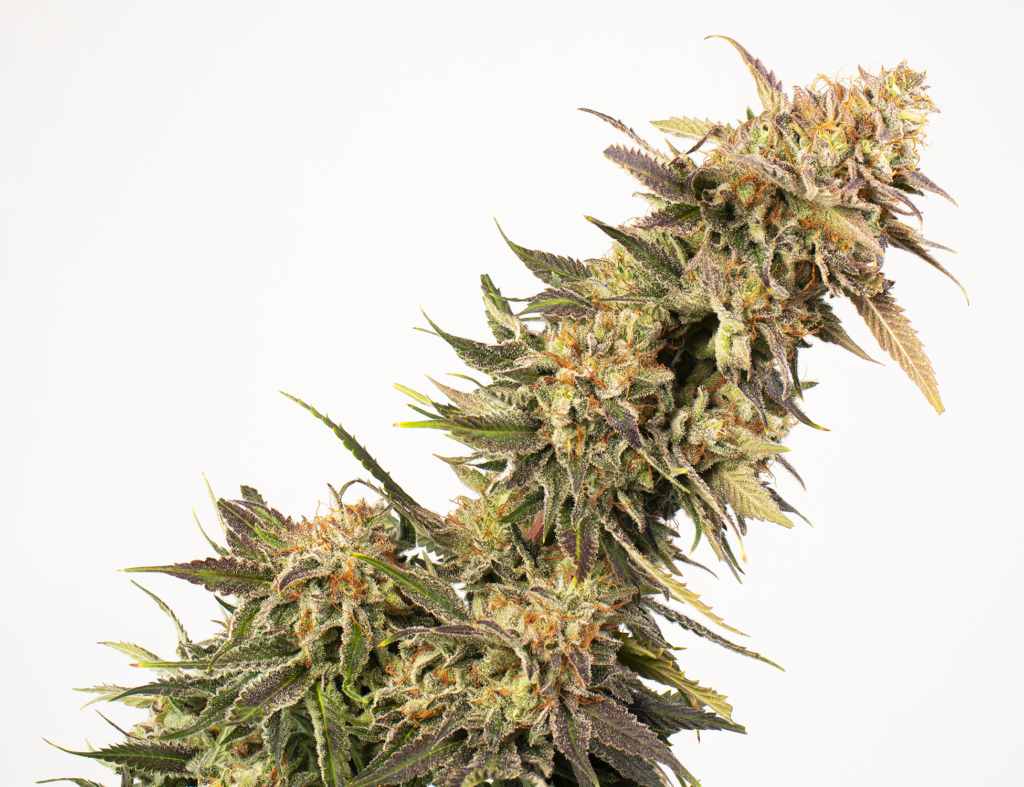
The company’s most popular product is a high-THC dried flower known as Ghost Train Haze (or High Seas via Reef for the adult consumer). “As a company we have put a lot of effort [research and development] for our system and how best to grow the best quality product, ”says Maitland.
Maitland says the easiest way to get similar benefits from an aquaponics system is to simply fill your watering can with aquarium water instead of tap water so your plants get a good shot of those sweet, sweet nitrates.
Should you grow potted plants in your home aquarium?
Check out our Q&A for more information on growing fish-raised cannabis in your crib.
Successfully building a more complex system requires rudimentary knowledge of both cannabis growing and aquariums – not to mention significant change.
If, like the author, you were initially eager to grow a few plants from your dwarf gourami’s tank, there are a few important things to consider before diving into DIY aquaponics.
I have an established aquarium. Can I grow grass in it?
“Maybe, but probably not.”
Maitland says that unfortunately the most commonly kept aquarium fish (like neon tetra, bettas, panda corys, etc.) come from tropical climates and require temperatures that are too warm to effectively grow cannabis that will thrive in slightly cooler temperatures.
What kind of fish can I keep if I want to grow?
Domestic carp (like koi and goldfish) are likely the best choices for home improvement because they produce significant amounts of plant-nourishing waste and tolerate a wide variety of environmental conditions.
Fancy goldfish like Ryukins, Black Moors, and Orandas need 25 to 40 gallons of space (with another 20 gallons for each additional fish), while common goldfish like Comets or Shubunkins need even more space to thrive.
Other popular cold water aquarium fish, such as white cloud mountain crevices, zebrafish, and mountain loach, take up less space, but may not produce enough waste for your plants to benefit greatly.
Budding aquarists should also keep in mind that goldfish represent a large long-term commitment, with a lifespan of up to 30 years if properly cared for.
What’s the best setup for growing with goldfish?
Larger and purpose-built aquariums can be extremely expensive. Aspiring DIY enthusiasts can build a mini pond.
Maitland herself plans to grow her four plants by building a kiddy pool for two or three goldfish – and this is probably the cheapest way to give the fish the space they need to swim and socialize.
Can I save money on aquaponic-grown cannabis doing it myself?
Growing cannabis indoors can be an expensive undertaking in and of itself. Combined with aquariums, which are quite simply a wallet, it will likely take a long time for your four plants to pay for themselves.
Contrary to popular belief, however, caring for your animals at home is not an easy task. Irresponsible pet owners who dump unwanted goldfish into local waters have a devastating effect on native plants and animals.
Before embarking on your own aquaponics adventure, make sure you are ready to take care of your fish for decades or responsibly relocate them if you lose interest.
By submitting this form, you subscribe to Leafly news and promotional emails and agree to Leafly’s Terms of Use and Privacy Policy. You can unsubscribe from Leafly email messages at any time.

Post a comment: